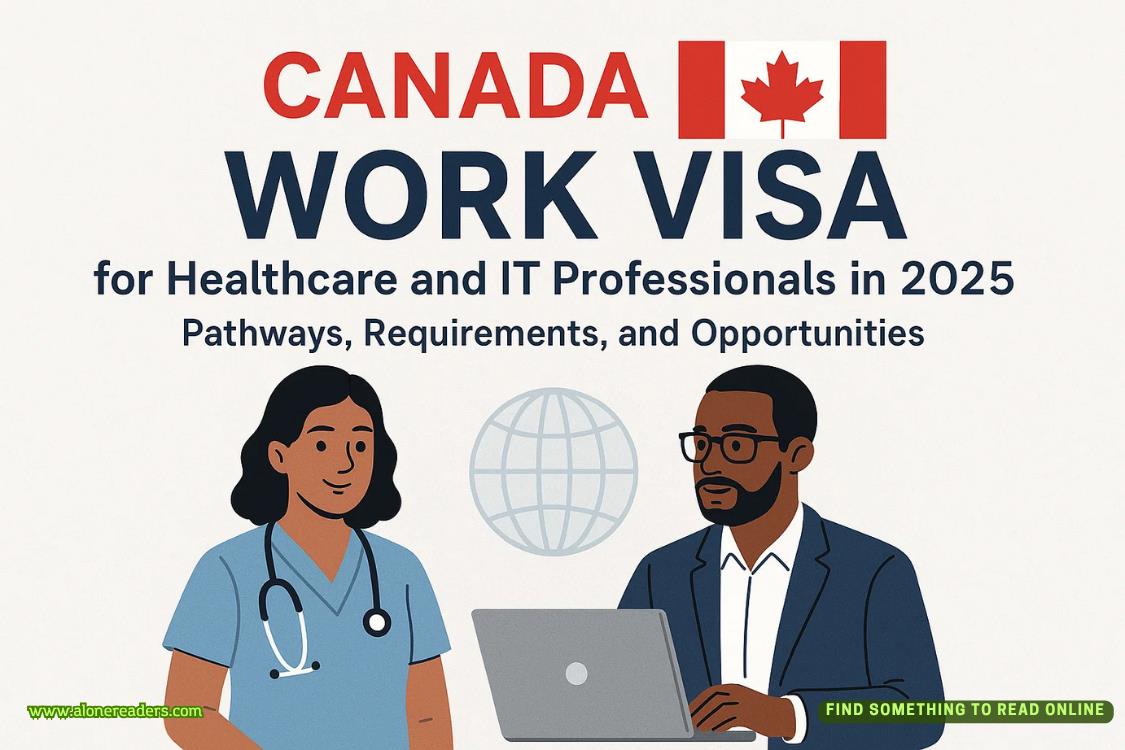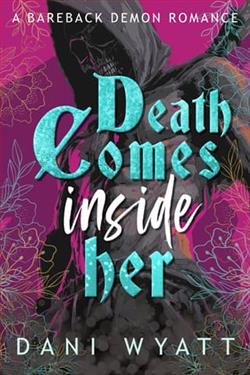Page 38 of The Lost Heiress
“Dude, the smell,” Leland said, as if it should be obvious.
It’d been years since Church had had to attend an autopsy, but no matter how much time had passed, he could still conjure up the stench of rotting flesh—like rotten eggs and cabbage and days-old meat that had been left out to spoil in the sun.
“What do you think this thing does?” Leland asked, picking up a caliper from a tray on the table and turning it this way and that to examine it.
“Don’t touch anything,” Church said sharply.
Just then the door opened, and Dr. Nisha Laghiri entered. She was in her mid-thirties, her dark hair pulled back at the nape of her neck in a low ponytail, secured with a black elastic band. She wore a plain long-sleeve black shirt underneath her lab coat, cargo pants, and steel-toed work boots. Nisha was always practical, and Church liked that about her. They’d worked together for over five years now on cases where all that remained of the victim was skeletal, which, in Church’s line of work, was often. Nisha approached life with the levelheaded certainty of a person who believed everything was an equation with an exact answer, if only you had the patience and reason to solve it.
“Good morning,” Nisha said with a smile. “Hello, Michael. Nice to see you again.”
Nisha was the only one besides his grandmother who ever called him that, and he had never corrected her. To everyone else, he was Mike or Detective Church. The formality of his full first name never seemed to fit him, but for some reason, he didn’t mind when she used it.
“Thought you might need reinforcements,” Church said, proffering the second cup of hot coffee, black. Nisha preferred her coffee like everything else: plain, without fuss or embellishments.
“Thank you,” Nisha said, taking it. “And who’s your friend?”
“This is Detective Leland,” Church said. “He’s looking into the identity of the second body.”
“Ah, tracking down our John Doe,” Nisha said.
“The victim’s male?” Leland asked.
Nisha nodded.
“And you can tell that from just, well, this?” he asked, gesturing dubiously at the bones assembled on the table nearest him.
Nisha smiled. “You can tell a lot about a person from their bones,” Nisha said. “Not just sex, but height, relative age, weight. Here, I’ll show you.” She took a sip of her coffee and then set it down, out of the way, and pulled on a pair of rubber gloves. “May I?” she asked, pointing to the caliper Leland still held in his hand.
“Oh, yeah, of course,” he said sheepishly, handing it to her.
Nisha adjusted the caliper’s clamp over the left femur shaft. “The femur shaft width, when taken in relation to the victim’s height and sex, can give us a relative approximation of their weight,” she said. “Looks like two point thirty-four centimeters in diameter,” she said, reading from the caliper. “Which, knowing the victim is male and roughly six feet tall, means he would have weighed around one hundred and ninety-six pounds.”
Nisha was the one who’d taught Church that bones were particular, that they told a story. By measuring the length of the femur, the largest bone in the body, they could approximate a person’s height. By examining the width of the hips and the anatomical differences in the frontal brow, eye orbits, and lower jaw, you could assign sex. The epiphyses—the caps at the ends of the bones—could tell you whether a body had made it into adulthood.
“What about cause of death?” Leland asked.
“There was no evidence of perimortem trauma in our John Doe, unfortunately,” Nisha said.
“Perimortem?” Leland asked.
“It means no injuries that were caused at the time of death,” Church said. “At least, none that are visible on the skeletal remains.”
“But we’ll run a full tox report,” Nisha said. “It could identify trace amounts of drugs or poisons in the victim’s system.”
Leland’s eyebrows shot up. “Even this long after death?” he asked.
“It won’t be as definitive as what you’d get from blood or soft tissue,” Nisha said, “but yes, drugs and toxins can be absorbed into the bone tissue and detected long after death.”
Leland whistled appreciatively. “That’s impressive.”
“We’ve also made impressions of the teeth for possible dental identification,” Nisha went on, “and we should be able to construct a DNA profile to run through CODIS and MPDP. Oh, and this is interesting.” Nisha moved around the back side of the table and reached over it, indicating one of the victim’s lower arm bones.
“What am I looking at here?” Leland asked.
“It’s the radius,” she said. “There’s evidence of antemortem trauma.”
“Antemortem?” Leland said.















